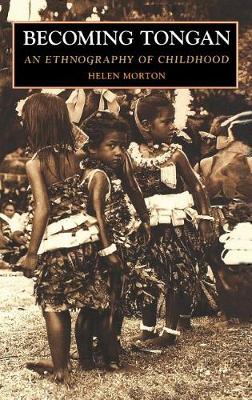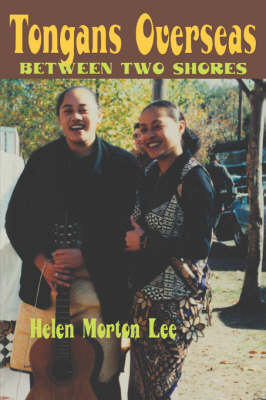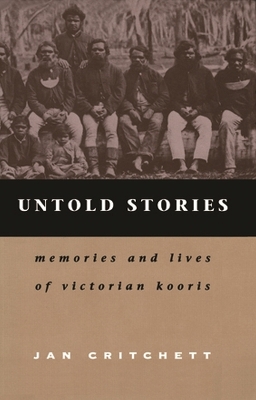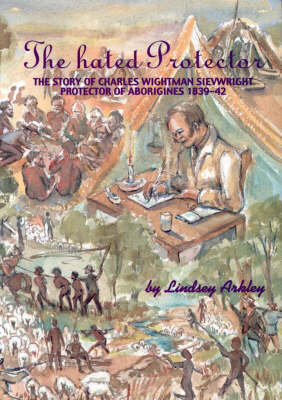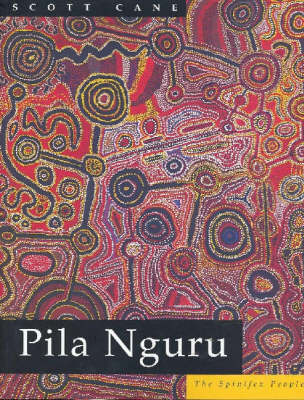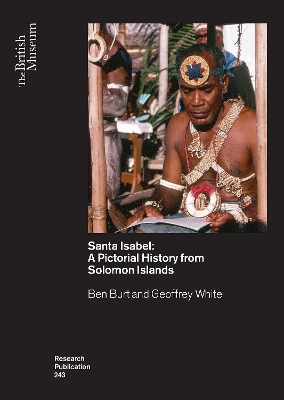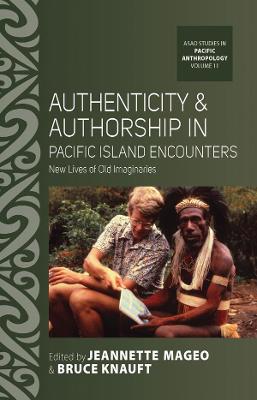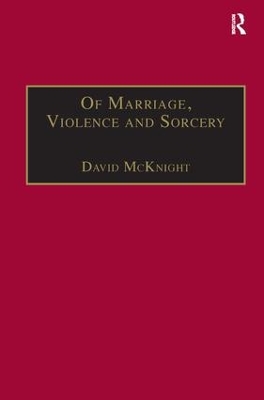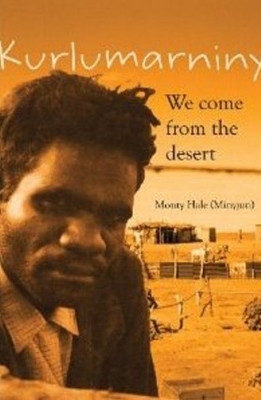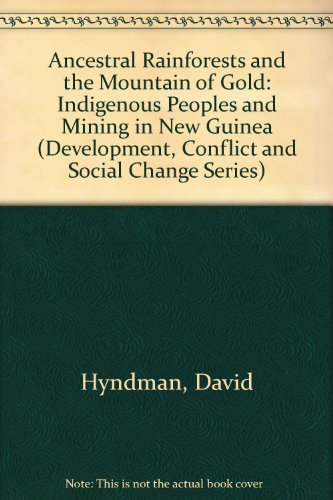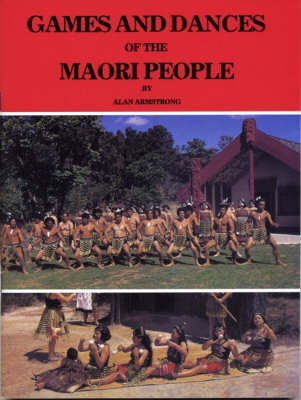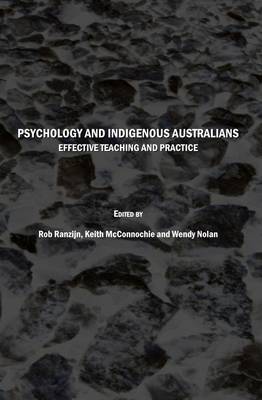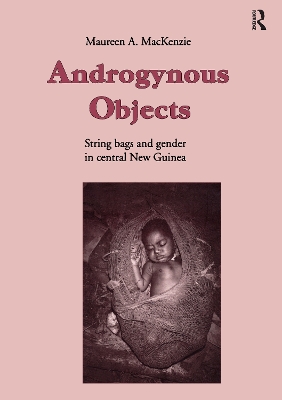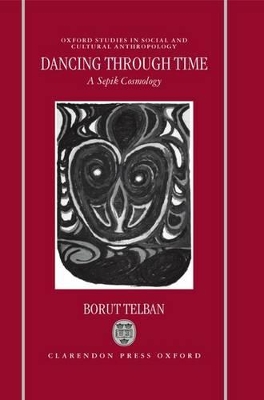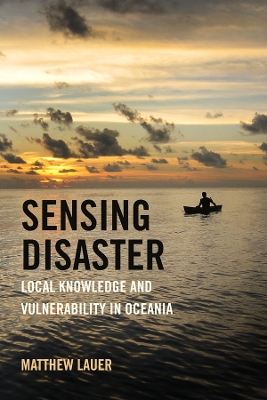Dreamings of the Desert: Aboriginal Dot Paintings of the Western Desert
by Vivien Johnson
In this first detailed account of growing up in Tonga, Helen Morton focuses on the influence of anga fakatonga (""the Tongan way"") in all facets of Tongan childhood, from the antenatal period to late adolescence. Childhood is a crucial period when cultural identity and notions of tradition are constructed, as well as beliefs about self, personhood, and emotion. Based on her anthropological fieldwork and her experiences in Tonga over several years, Morton traces the Tongan socialization process-...
Since the late 1960s Tongans have been leaving their islands in large numbers and settling in many different nations. Tongans Overseas is a timely look at their settlement experiences as they relate to cultural identity, particularly among the younger generations raised outside Tonga. What does being Tongan mean to these young people? Why do some proudly proclaim and cherish their Tongan identities while others remain ambivalent, confused, or indifferent? Helen Morton Lee's innovative research o...
Te Maori came out of exhibition of the same name which took New York by storm during the late 1980s. The historic artefacts in this book demonstrate the power and the beauty of Maori art and include canoe prows, doorways, clubs, tiki, pendants, masks, amulets and boxes. This book has been out of print for four years; it contains 37 taonga Maori of importance, beauty and mana.
'I'm your half-brother and I'm here to stay. This is my home.' With these words Wilmot Abraham sought refuge with his white relations. Wilmot was the best-known Aboriginal in the Warrnambool district of Victoria, a man who maintained the old way of life long after his people were dispossessed. Local farmers spoke of him as 'the last of his tribe'. Few were aware that his father had been a white lad working as a boundary rider on the Western District frontier; and only the Aboriginal community...
This book explains the history of the Maoris and the outlook for their future. They arrived in New Zealand about 1200 years ago, having travelled by canoe across the Pacific Ocean. Nearly 1000 years later, in the 18th-century, the arrival of Europeans led to wars being fought over land. Today, the Maoris and white New Zealanders have a more peaceful relationship, though land disputes continue. The "People of the World" series is an easy-reader edition of the "Original Peoples" series. The text h...
Santa Isabel (British Museum Research Publications)
by Ben Burt and Geoffrey White
This portrait of Santa Isabel in over 600 pictures shows an island transformed by its colonial history yet maintaining a confident and distinctive identity within Solomon Islands and the Pacific Island region. Santa Isabel is one of the largest islands that make up the island nation of Solomon Islands in the southwest Pacific. Politically it is now one of nine provinces, each with its own variation of a shared history. In a country divided among many Christian denominations, Isabel is distincti...
Going the Whiteman's Way (Anthropology and Cultural History in Asia and the Indo-Pacific)
by David McKnight
Modern anthropologists, unlike their classical predecessors, have observed Australian Aborigines in the field, rather than from the study. None, however, has spent as long as David McKnight in a single community. During a period of 35 years, involving some 20 fieldtrips, he has lived with the Mornington Islanders of northern Queensland for over five years. This intellectual tour de force combines dense ethnography about Australian kinship and marriage - the heart of their world - with major ant...
The insular Pacific is a region saturated with great cultural diversity and poignant memories of colonial and Christian intrusion. Considering authenticity and authorship in the area, this book looks at how these ideas have manifested themselves in Pacific peoples and cultures. Through six rich complementary case studies, a theoretical introduction, and a critical afterword, this volume explores authenticity and authorship as “traveling concepts.” The book reveals diverse and surprising outcom...
Of Marriage, Violence and Sorcery (Anthropology and Cultural History in Asia and the Indo-Pacific)
by David McKnight
This is a fascinating exploration of the relationship between marriage, violence and sorcery in an Australian Aboriginal Community, drawing on David McKnight’s extensive research on Mornington Island. The case studies, which occurred both before and after a Presbyterian Mission was established on the island, allow McKnight to show how the complexities of kin ties and increased sexual competition help to explain incidences of violence and sorcery, without resorting to psychiatric justifications....
"... the story of Minyjun (Monty Hale), a senior Ngulipartu man from the Pilbara region of Western Australia."--Back cover.
The ancestral rain forests for the Wopkaimin people have long been a sacred geography, a place that has allowed them to act out the obligations of the male cult system and social relations of production based on kinship. Today the people and their place are suffering disastrous consequences from the sudden imposition of one of the worlds largest mining projects, which has brought about severe social and ecological disruptions. Based on fieldwork spanning more than a decade, David Hyndmans book t...
Psychology and Indigenous Australians
'Relations between psychology and the Indigenous peoples of Australia have historically been uneasy and fraught, since psychology has been seen in the past as an agent of colonisation. However, in recent years there have been a number of major initiatives, largely driven by Indigenous psychologists, to improve the relationship and to work towards effective partnership between psychologists and Indigenous Australians to help overcome Indigenous disadvantage and work towards social justice. This b...
Androgynous Objects (Studies in Anthropology and History)
by Maureen A. MacKenzie
Androgynous Objects explores the way meaning is encoded in material culture by focusing on the androgynous symbolism of the looped string bag, or bilum, of the Telefol people of Central New Guinea. The web of meanings 'woven' into the bag is shown to extend beyond women's lives and bodies. It is open to manipulation and reformation in a variety of contexts and is used by both Telefol women and men to explore, and so explain the complexities and ambiguities inherent in their social life.
Dancing through Time (Oxford Studies in Social and Cultural Anthropology)
by Borut Telban
Dancing through Time presents a rich and incisive analysis of person, time, and identity among the Karawari speakers of Ambonwari village in the East Sepik Province, Papua New Guinea, through the examination of everyday practices, language, social institutions, kinship, myths, spirit-things, rituals, and dances. In addition to its descriptive value, the book offers a fresh theoretical approach to the study of Melanesian cultures.
In 2007, a three-story-high tsunami slammed the small island of Simbo in the western Solomon Islands. Drawing on over ten years of research, Matthew Lauer provides a vivid and intimate account of this calamitous event and the tumultuous recovery process. His stimulating analysis surveys the unpredictable entanglements of the powerful waves with colonization, capitalism, human-animal communication, spirit beings, ancestral territory, and technoscientific expertise that shaped the disaster’s outco...
The aboriginal people of Australia, Canada, and New Zealand became minorities in their own countries in the nineteenth century. The expanding British Empire had its own vision for the future of these peoples, which was expressed in 1837 by the Select Committee on Aborigines of the House of Commons. It was a vision of the steps necessary for them to become civilized, Christian, and citizens - in a word, assimilated. This book provides the first systematic and comparative treatment of the social p...
Hawaiki: The Original Home of the Maori (Cambridge Library Collection - Anthropology)
by S. Percy Smith
Stephenson Percy Smith (1840–1922) was a New Zealand ethnologist and surveyor. As a young man, he travelled six hundred miles exploring the volcanic interior of North Island, and had many interactions with the Maori population, whose language, history and traditions fascinated him throughout his career as a government surveyor. In 1892 he co-founded the Polynesian Society, in whose journal this study originally appeared. The first book edition was published in 1898, and this third, updated editi...


